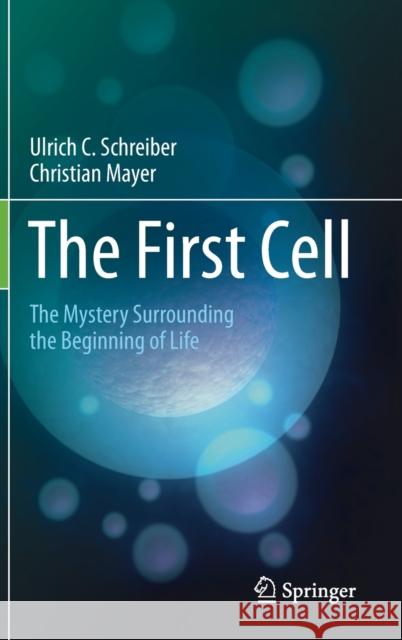The First Cell: The Mystery Surrounding the Beginning of Life » książka
topmenu
The First Cell: The Mystery Surrounding the Beginning of Life
ISBN-13: 9783030453800 / Angielski / Twarda / 2020 / 178 str.
The First Cell: The Mystery Surrounding the Beginning of Life
ISBN-13: 9783030453800 / Angielski / Twarda / 2020 / 178 str.
cena 153,30
(netto: 146,00 VAT: 5%)
Najniższa cena z 30 dni: 146,48
(netto: 146,00 VAT: 5%)
Najniższa cena z 30 dni: 146,48
Termin realizacji zamówienia:
ok. 22 dni roboczych
Bez gwarancji dostawy przed świętami
ok. 22 dni roboczych
Bez gwarancji dostawy przed świętami
Darmowa dostawa!
Kategorie:
Kategorie BISAC:
Wydawca:
Springer
Język:
Angielski
ISBN-13:
9783030453800
Rok wydania:
2020
Wydanie:
2020
Ilość stron:
178
Waga:
0.45 kg
Wymiary:
23.39 x 15.6 x 1.27
Oprawa:
Twarda
Wolumenów:
01
Dodatkowe informacje:
Wydanie ilustrowane











